Improving Clay Soil Using Compost
Clay soil can be a challenge for gardeners. It’s heavy, hard to dig, and doesn’t provide enough nutrients or drainage for crops. But all is not lost, there are ways for improving clay soil so that it can nourish your garden.
These tips can be super beneficial in your how to start a backyard garden library. Be sure to get your FREE Fix Your Crappy Clay Soil Checklist below!
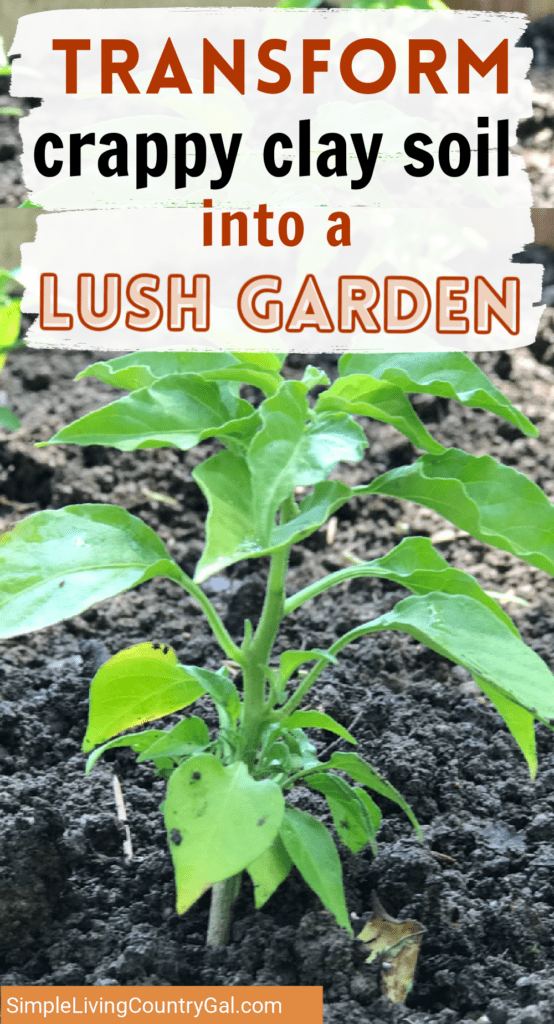
Knowing If You Have Clay Soil
Before you can decide how to improve it, you need to know what kind of soil you’re working with. To determine if your soil is heavily laden with clay, take a handful of damp soil and squish it in your hand. If the soil doesn’t crumble and instead forms a ball, you most likely have clay soil. It may also feel a little slimy or greasy when it’s wet and have a dusty, hard appearance when it’s dry. These are all signs that your soil contains too much clay.
Why Is Clay Soil a Problem?
Clay soil can create a number of problems for your soil, most notably, serious drainage issues. It can retain too much water if there’s significant rain, essentially drowning your plants. And in times of drought with exceptionally high heat, it won’t absorb any water causing your plants to shrivel and die.
Can Clay Soil Be Improved?
Having clay soil doesn’t mean you can’t have a garden, but you’ll need to do a little more work and add a good amount of compost to your soil. Compost will not only improve drainage issues; it will also provide nutrients your plants need but don’t find in clay.
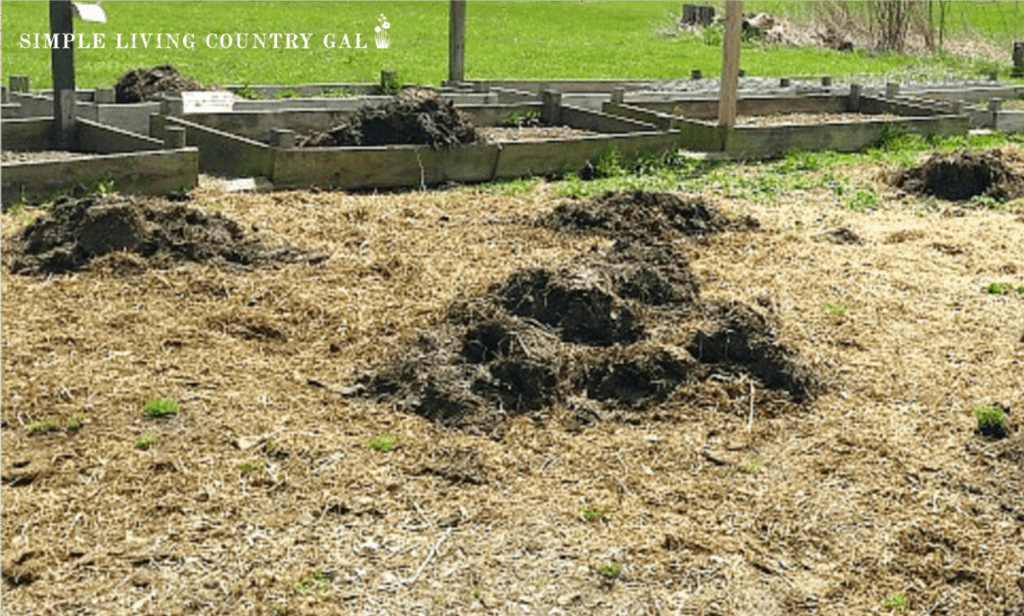
What Kind of Compost to Use
There are a variety of composts you can add to your soil to improve it. Some well-rotted manure, ground leaves, compost from a pile of kitchen discards, or even a commercial brand from your local garden center. If you’d like, you can use various types of compost together. When it comes to improving clay soil, it’s better to add too much compost than not enough.
How Much Compost to Add to Clay Soil
When determining how much compost you’ll need, consider the size of your garden and the current pH of your soil. You’ll want to soil to be soft and moveable, but you don’t want to overcompensate and compromise the nutrients in the clay.
Your soil’s current pH level, compared to the pH level your specific plants need, will help you determine the right amount of compost to add.
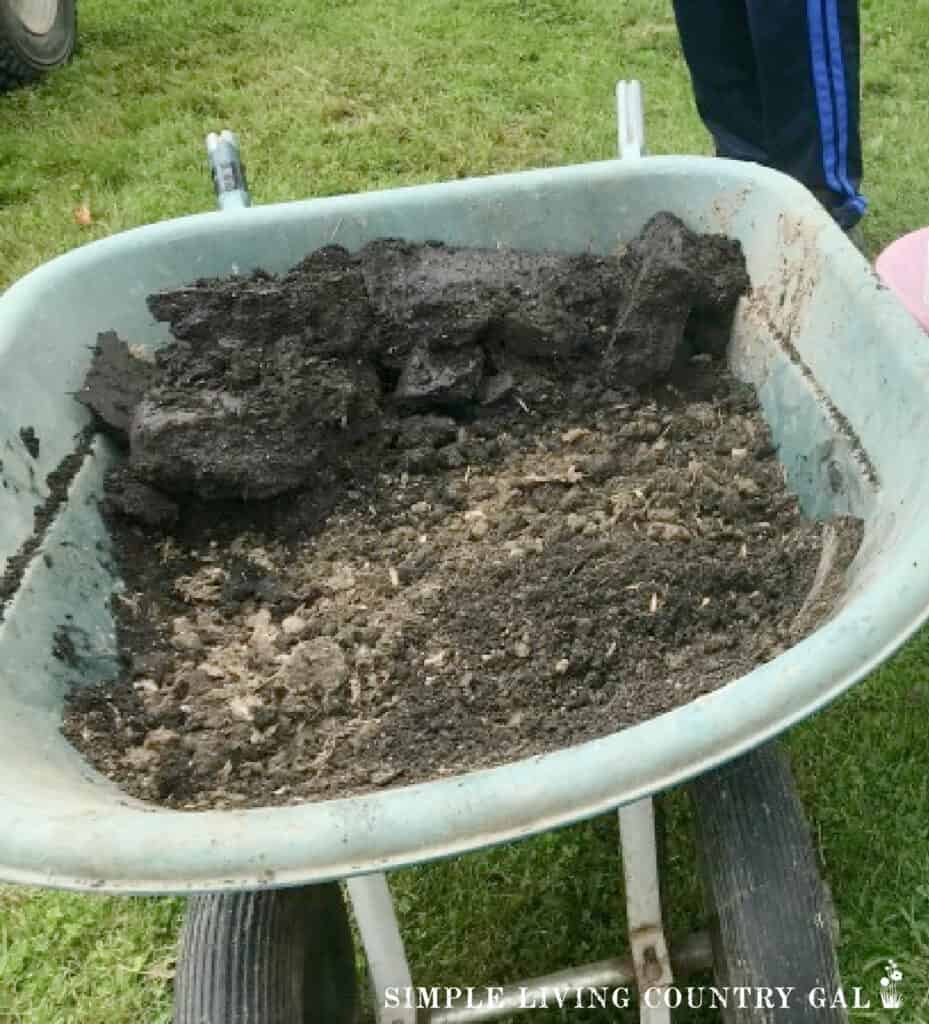
The size of your garden will also be a deciding factor. Small gardens shouldn’t need a lot of improvement, while larger garden areas will need more compost to cover a larger area.
How to Improve Clay Soil with Compost
- Choose your planting site based on the type of seeds or plants you’re planting.
- Mark off the garden area that needs to be improved.
- Place the compost on top of the soil that needs improving.
- Dig the compost into the soil with a shovel or tiller, making sure to mix the existing soil into the compost as you work. Mixing in existing soil will help whatever you plant acclimate to the area around it better.
- If you have an area that you don’t plan to plant right away, you can lay the compost on top of the soil in this area and let it sit for a season or two. The compost will naturally work it’s way down into the soil over time, making it ready to plant. If you’re going to use this method, it works best if you do this in early fall at the end of the planting season and let it sit through the winter until spring.
Additional Option for Improving Clay Soil
In addition to or instead of compost, you can also use gypsum.
Gypsum is calcium sulfate, a naturally occurring mineral that has been shown to help break up compact soil such as clay. You can find it at most garden centers and easily add it to the soil.
Gypsum can remove excess sodium from the soil and add calcium. A simple soil test can tell you if this would be helpful.

In addition to improving drainage issues, gypsum also helps control erosion, improves seed emergence, and makes the soil more workable. These benefits usually only last a couple of months, though, so you may need to add it into the soil with each planting season.
Adding either compost or gypsum or both to your soil will also attract worms. With clay soil, this is a benefit because they will burrow into the soil, aerating it in the process. And the castings they leave behind will help to nourish the soil even further.
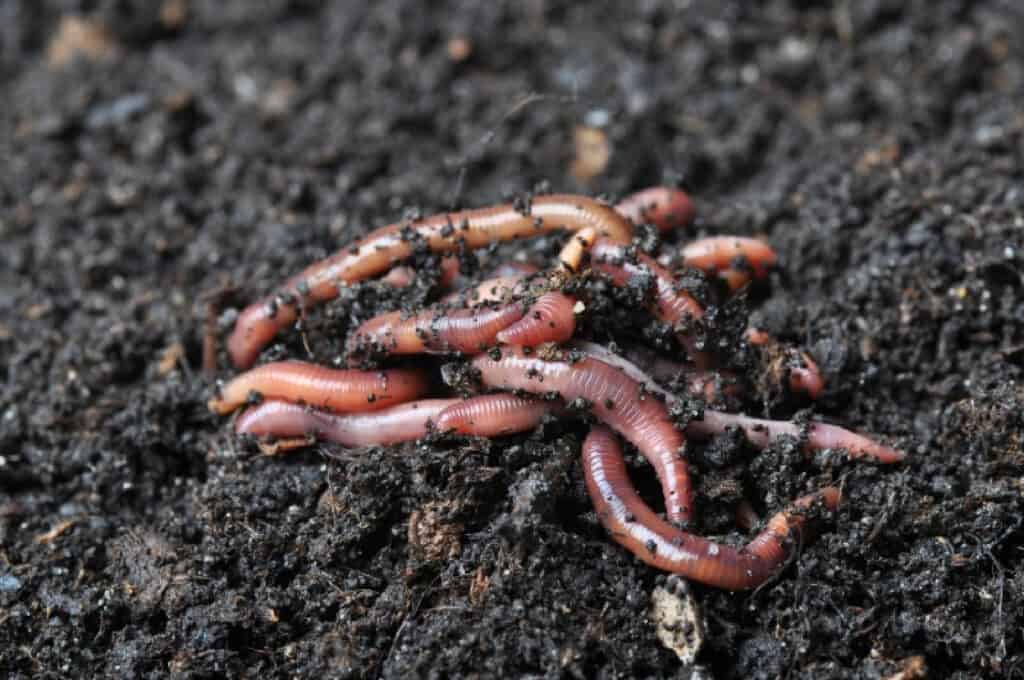
Is It Better to Use a Raised Garden Box?
You may question if it isn’t just easier to use a raised garden box instead of going to the trouble of improving your clay soil. But that may not be the route you want to choose. Using a mixture of clay and compost can be very beneficial to your plants.
Clay soil helps to retain water, while compost helps to create drainage. This means that the ground will be able to hold enough water to nourish your plants while draining off any excess, so your plants don’t drown or get root rot.
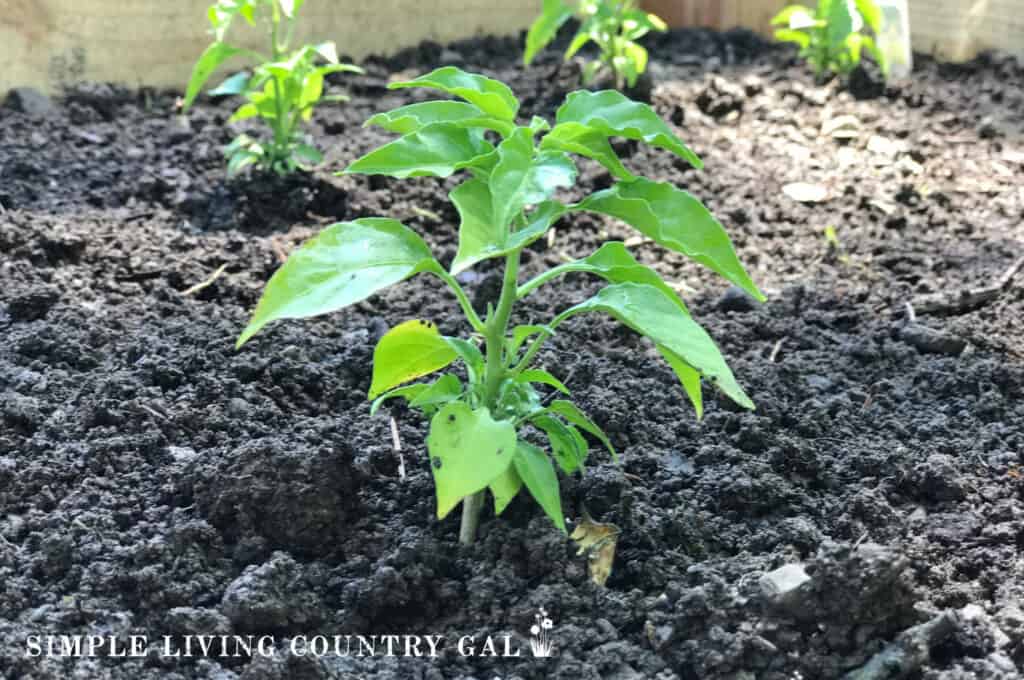
Compost also helps to break the soil up a little without making it too loose. The clay retains nutrients and helps to restrict the movement of the plants and their root system.
Using the two together will help to evenly distribute nutrients, retain moisture while allowing excess to drain off, and provide the nutrients your plants need to thrive.
Where To Get the Best Compost
You can certainly purchase compost at a garden center, but creating your own compost pile will be more beneficial to your garden. Create a space in your yard or get a bucket or container for your compost pile, then start saving waste that you’d normally throw out.
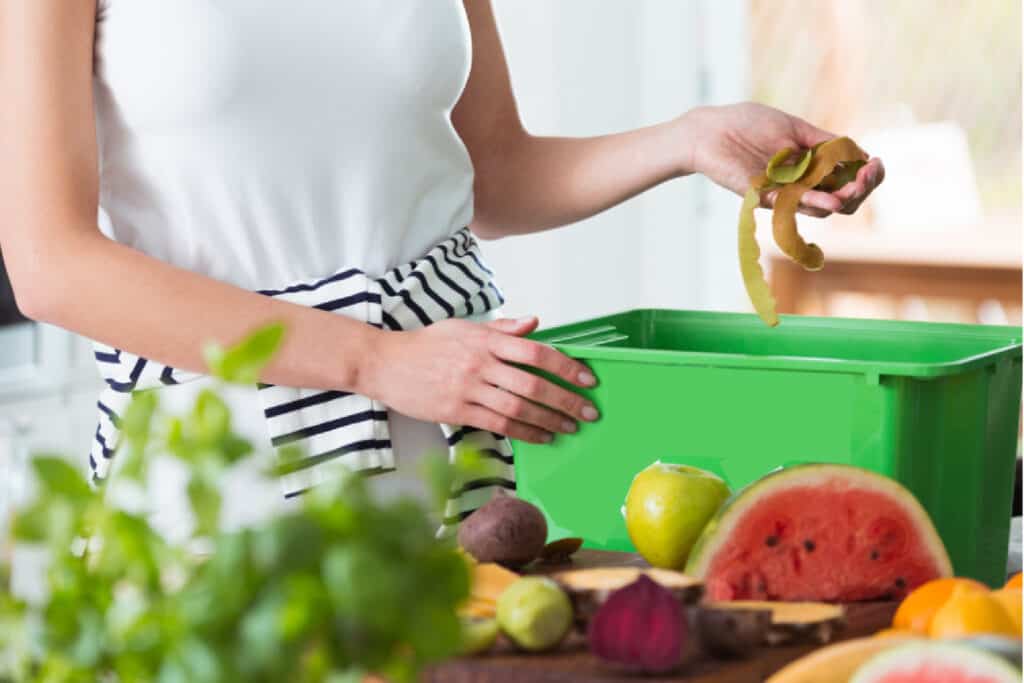
Skins from fruit, egg shells, coffee grounds or tea leaves, newspapers, and cardboard all make excellent additions to a compost pile. Dry leaves, grass clippings, and weeds from your yard are also a good addition.
If you’re faced with less than-optimal soil don’t give up your dream of a luscious garden. Instead, put a little extra work into improving clay soil; you’ll find you’ll create a garden your neighbors will be jealous of.

I live in Colorado springs. My soil is hard and sandy like on top but dark and dense when digging and turning soil over. But I do see lots of worms. Any suggestions on
To help your soil you need to add organic matter. I would add compost to your soil where you plan to grow. About 6 inches at least so you have a better area for your plants. You may need to amend your soil each year to keep it to where you want it to be.
Hope this helps!
Tracy Lynn